You don't have to be a CrossFitter to experience the achy, stiff sensation known as Delayed Onset Muscle Soreness (DOMS). If you’re a software developer who spends most of your day at a desk, muscle soreness may hit you hard if you're not active on a regular basis. Just a couple mile run or an hour in the gym after a week of no activity can make your muscles feel it. One weekend, you might join a friend for a spontaneous game of basketball at the local park. Any new or intense physical activity, regardless of your fitness background, can lead to DOMS, highlighting how muscle adaptation and recovery are universal experiences.
Muscle Soreness and DOMS
Muscle soreness is a common experience for anyone engaging in physical activity, particularly when the activity is intense or novel. This discomfort is often attributed to Delayed Onset Muscle Soreness (DOMS), which can be a perplexing and frustrating part of fitness and sports training. An important biomarker in understanding muscle soreness and recovery is Creatine Kinase (CK), an enzyme that plays a critical role in muscle function and energy production. Let’s dive into the science behind muscle soreness, the significance of CK levels, and practical strategies for managing soreness and optimizing recovery. If you understand why it happens, maybe you can manage it better!
What is Muscle Soreness?
Muscle soreness typically manifests as a dull, aching pain in the muscles used during physical activity. It often appears 12-24 hours post-exercise and can peak around 24-72 hours, hence the term Delayed Onset Muscle Soreness (DOMS). This condition is most common after activities that involve eccentric muscle contractions—movements where the muscle lengthens under tension, such as downhill running or the lowering phase of a bicep curl.
The Science Behind Muscle Soreness
The exact mechanisms underlying DOMS are complex and not fully understood, but several contributing factors have been identified:
- Micro-trauma to Muscle Fibers: Intense or unfamiliar exercise can cause microscopic damage to muscle fibers. This damage triggers an inflammatory response, leading to swelling and the release of substances that activate pain receptors.
- Inflammatory Response: The body's response to muscle damage includes an influx of white blood cells, fluids, and nutrients to repair the damaged tissue. This inflammatory process contributes to the sensation of soreness.
- Metabolic Stress: During strenuous exercise, the buildup of metabolic byproducts such as lactic acid can also contribute to muscle soreness, though its role in DOMS is less significant compared to the mechanical damage.
Creatine Kinase (CK) and Muscle Soreness
Creatine Kinase (CK) is an enzyme found in the heart, brain, and skeletal muscles. It plays a crucial role in the production of adenosine triphosphate (ATP), the energy currency of cells, by catalyzing the conversion of creatine phosphate and adenosine diphosphate (ADP) into creatine and ATP.
CK Levels as a Marker of Muscle Damage
Elevated levels of CK in the blood are indicative of muscle damage, as this enzyme leaks out of damaged muscle cells. Monitoring CK levels can provide valuable insights into the extent of muscle damage and the body’s recovery status.
- Normal CK Levels: The normal range of CK levels varies depending on the individual and their activity level but is generally around 20-200 U/L (units per liter) for men and 20-180 U/L for women.
- Elevated CK Levels: After intense exercise or muscle injury, CK levels can rise significantly, often reaching several thousand units per liter. Levels typically peak around 24-48 hours post-exercise and gradually decline as the muscle heals.
Causes of DOMS
Several factors contribute to the development of DOMS, including:
- Eccentric Exercise: Activities that involve lengthening of the muscle under tension are particularly effective at inducing DOMS. Examples include downhill running, lowering weights, and certain types of resistance training.
- Intensity and Duration: The intensity and duration of exercise also play a role. High-intensity workouts and prolonged exercise sessions are more likely to cause significant muscle damage and subsequent soreness.
- Lack of Conditioning: Individuals who are not accustomed to a particular type of exercise are more susceptible to DOMS. This is why beginners or those returning to exercise after a break often experience more severe soreness.
How To Manage Muscle Soreness
While DOMS is a natural part of the muscle adaptation process, there are several strategies to manage and mitigate its effects:
- Gradual Progression: Gradually increasing the intensity and duration of exercise allows the muscles to adapt and reduces the risk of severe DOMS. This is particularly important for beginners or when starting a new exercise regimen.
- Warm-Up and Cool-Down: Incorporating a proper warm-up and cool-down routine can help prepare the muscles for exercise and promote recovery afterward. Dynamic stretching and light aerobic activity are effective components of a warm-up, while static stretching and foam rolling are beneficial for cooling down.
- Active Recovery: Engaging in low-intensity activities, such as walking, swimming, or yoga, can enhance blood flow to the muscles and aid in the removal of metabolic byproducts, thereby reducing soreness.
- Hydration: Staying well-hydrated supports overall muscle function and recovery. Dehydration can exacerbate muscle soreness and impede the recovery process.
- Nutrition: Consuming a balanced diet rich in protein, carbohydrates, and healthy fats provides the necessary nutrients for muscle repair and growth. Protein, in particular, is crucial for rebuilding damaged muscle fibers.
- Rest and Sleep: Adequate rest and quality sleep are essential for muscle recovery. During sleep, the body releases growth hormone, which stimulates tissue repair and muscle growth.
The Role of Supplementation For Muscle Soreness
Certain supplements can aid in reducing muscle soreness and promoting recovery:
- Protein Supplements: Protein supplements, such as whey or casein, provide the amino acids necessary for muscle repair. Consuming protein shortly after exercise can enhance muscle protein synthesis and accelerate recovery.
- Branched-Chain Amino Acids (BCAAs): BCAAs, including leucine, isoleucine, and valine, have been shown to reduce muscle soreness and improve muscle recovery. They can be taken before, during, or after exercise.
- Omega-3 Fatty Acids: Omega-3 fatty acids have anti-inflammatory properties that can help reduce muscle soreness. They are found in fish oil supplements and certain plant-based oils.
- Extreme Endurance: Targeted formulas for the reduction of CK levels highlight Extreme Endurance. Studies on this unique product show a reduction of soreness, improvement in stamina and an accelerated recovery. A one-week clinical study shows a reduction of Creatine Kinase by 63.55% which means a faster recovery and much less soreness.

Preventing Rhabdomyolysis
Rhabdomyolysis (rhabdo) is a serious condition resulting from severe muscle damage, leading to the release of muscle breakdown products, including CK, into the bloodstream. High levels of CK and myoglobin can cause kidney damage and other complications. Understanding and monitoring CK levels is crucial in preventing rhabdo.
Risk Factors for Rhabdo
- Intense Exercise: Prolonged or extremely intense exercise, particularly in hot and humid conditions, can increase the risk of rhabdo.
- Dehydration: Dehydration exacerbates muscle damage and increases the risk of rhabdo.
- Medications: Certain medications, such as statins, can increase the risk of rhabdo when combined with intense exercise.
Preventing Rhabdo
- Monitor Exercise Intensity: Gradually increase the intensity and duration of exercise, especially when trying new activities or returning to exercise after a break.
- Stay Hydrated: Ensure adequate fluid intake before, during, and after exercise to support muscle function and prevent dehydration.
- Listen to Your Body: Pay attention to signs of extreme fatigue, muscle pain, and dark urine, which can indicate rhabdo. Seek medical attention if these symptoms occur.
Mastering Recovery: The Science Behind Muscle Soreness and Prevention
Understanding the science behind muscle soreness and the role of Creatine Kinase (CK) is essential for anyone engaged in physical activity, from weekend warriors to elite athletes. By monitoring CK levels and implementing effective strategies for managing soreness and promoting recovery, individuals can optimize their training, reduce the risk of injury, and enhance overall performance. Balancing exercise intensity, proper nutrition, adequate rest, and hydration are key components of a successful recovery plan. By taking these steps, you can achieve your fitness goals while minimizing the discomfort and potential risks associated with muscle soreness and DOMS.


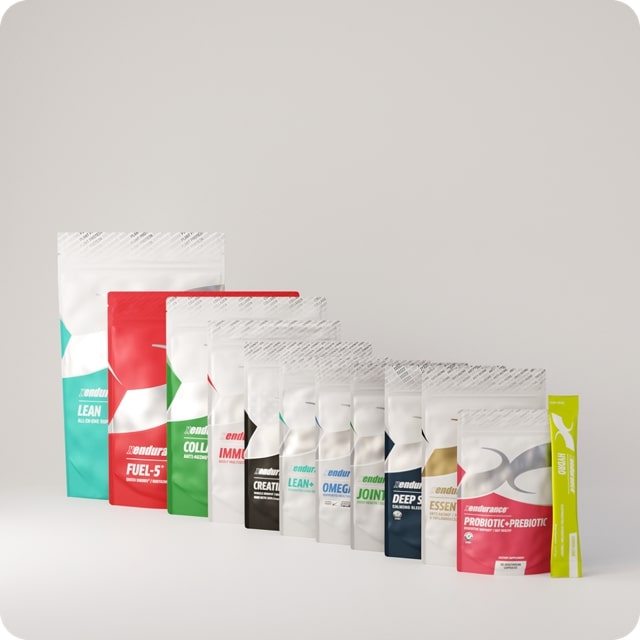
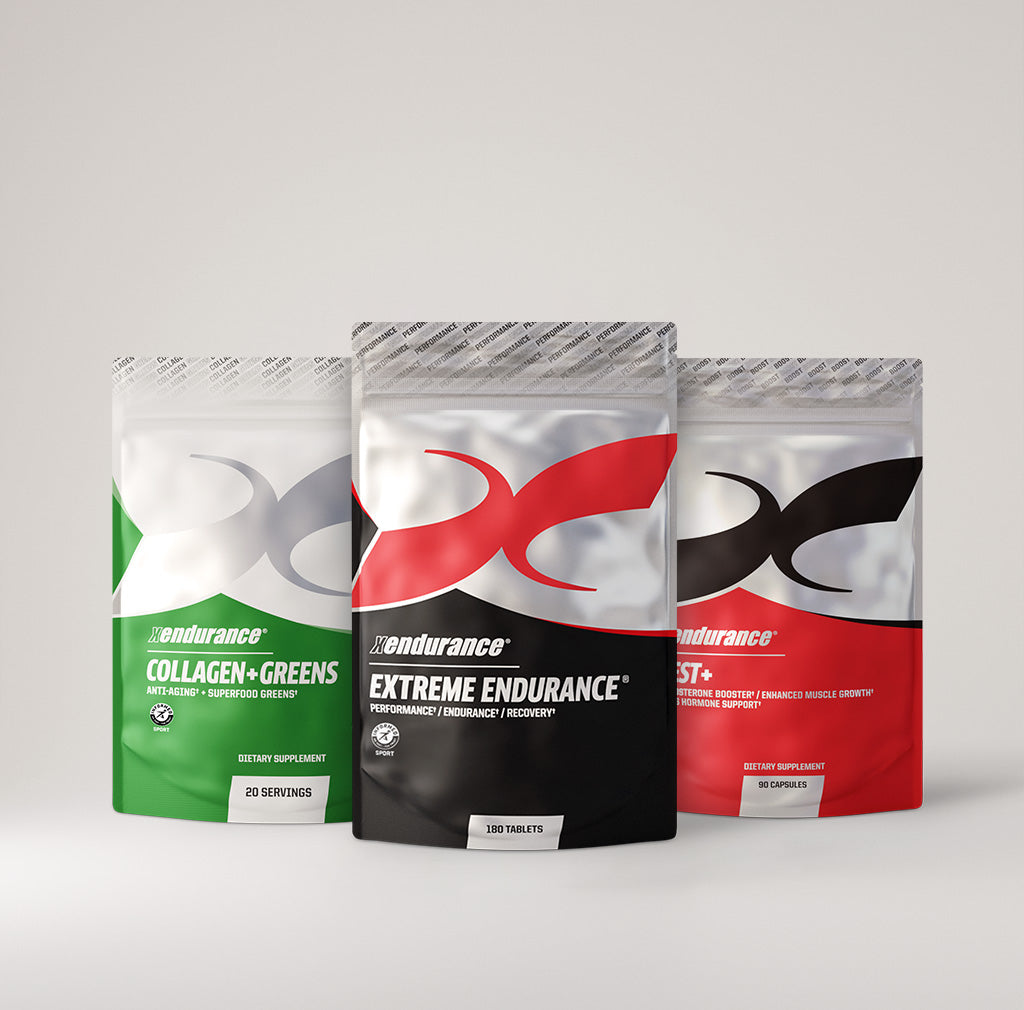
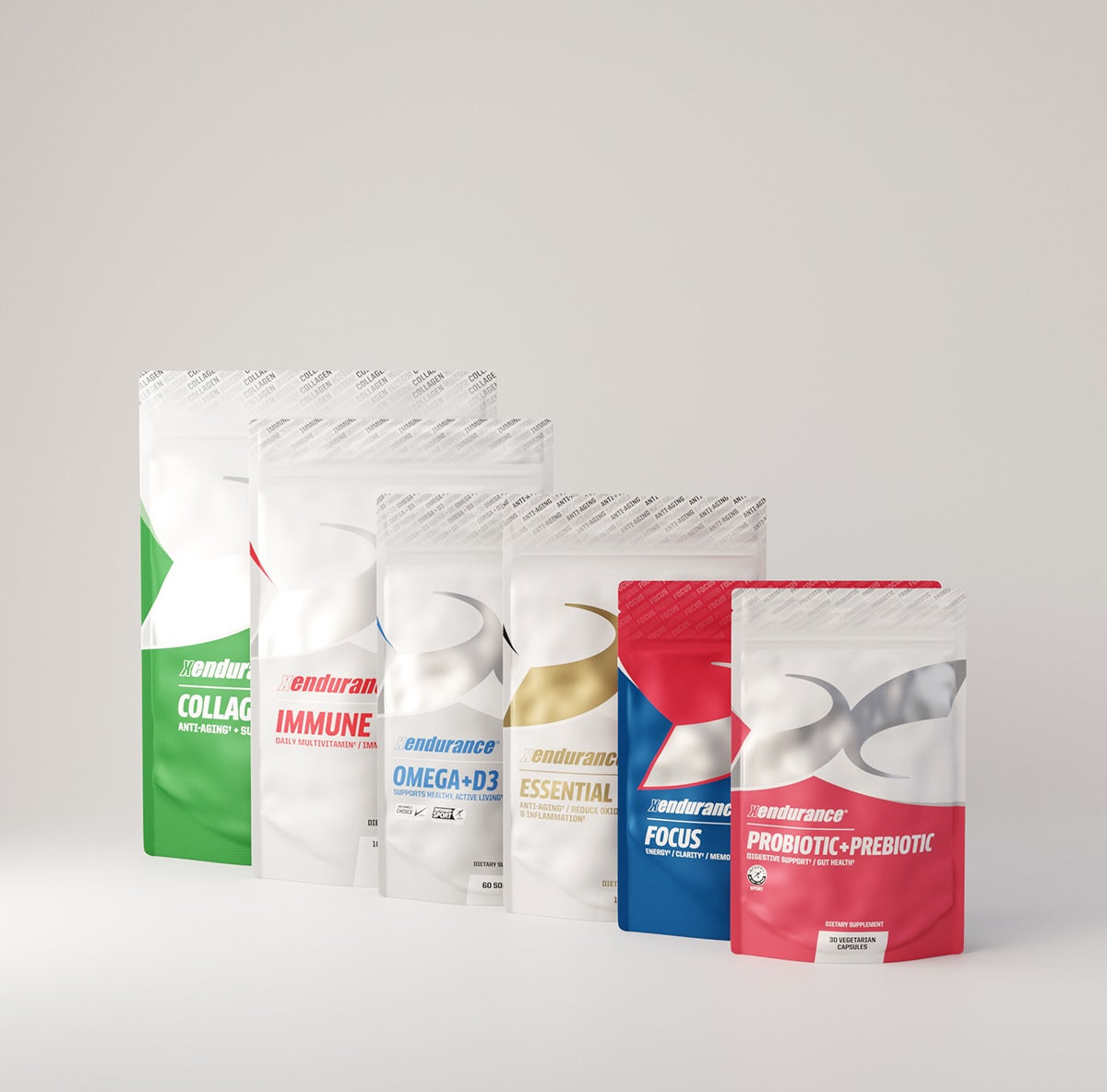
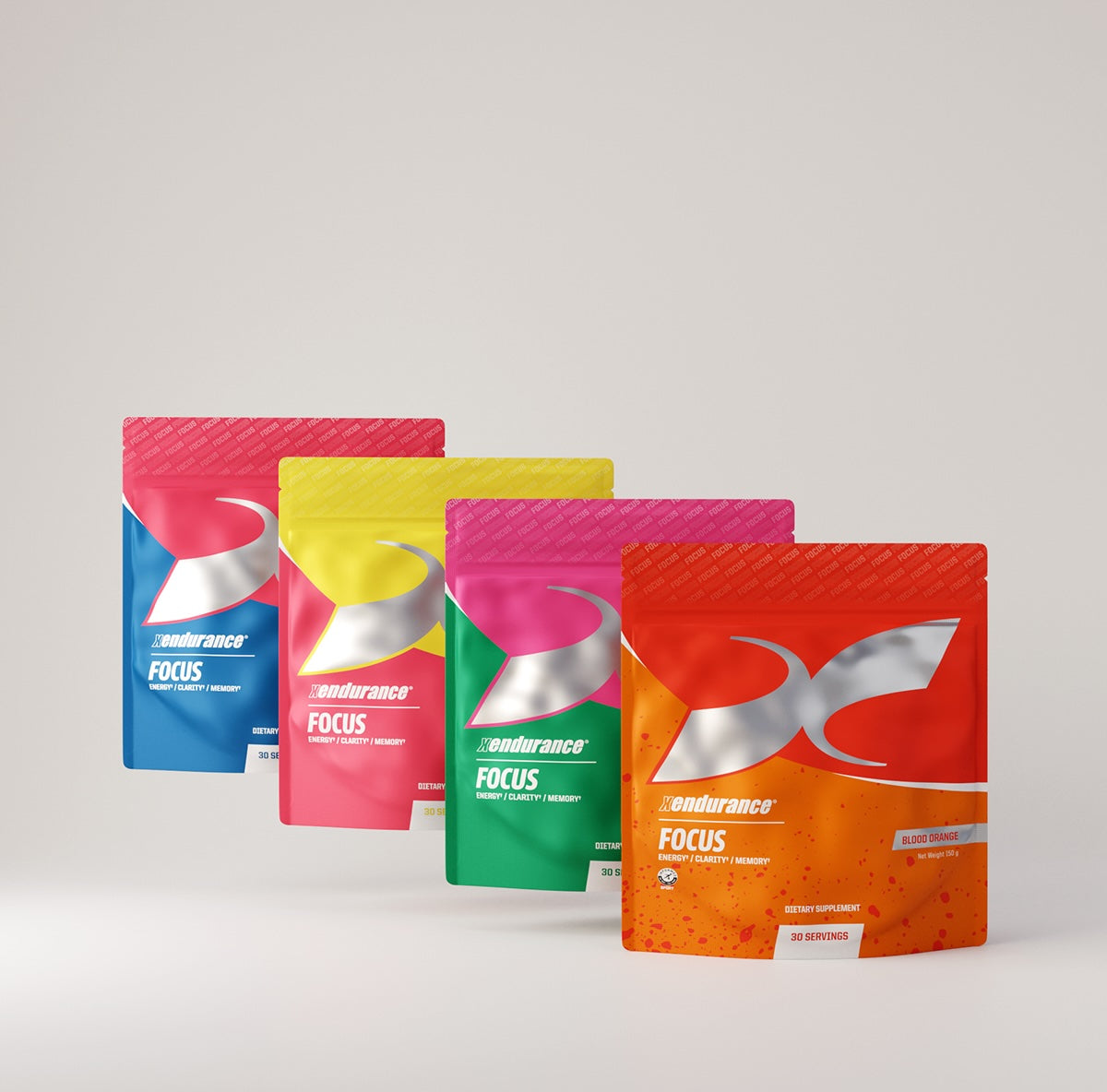

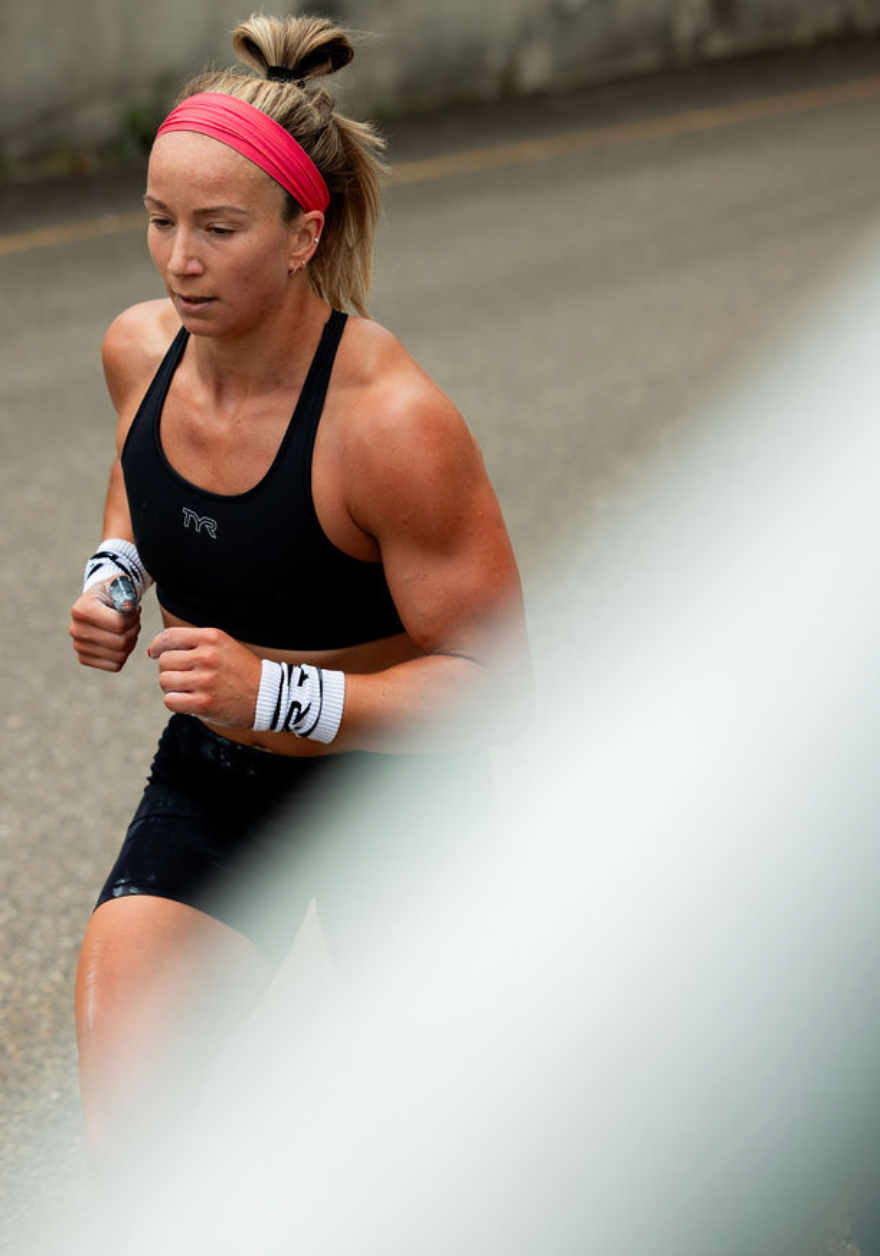
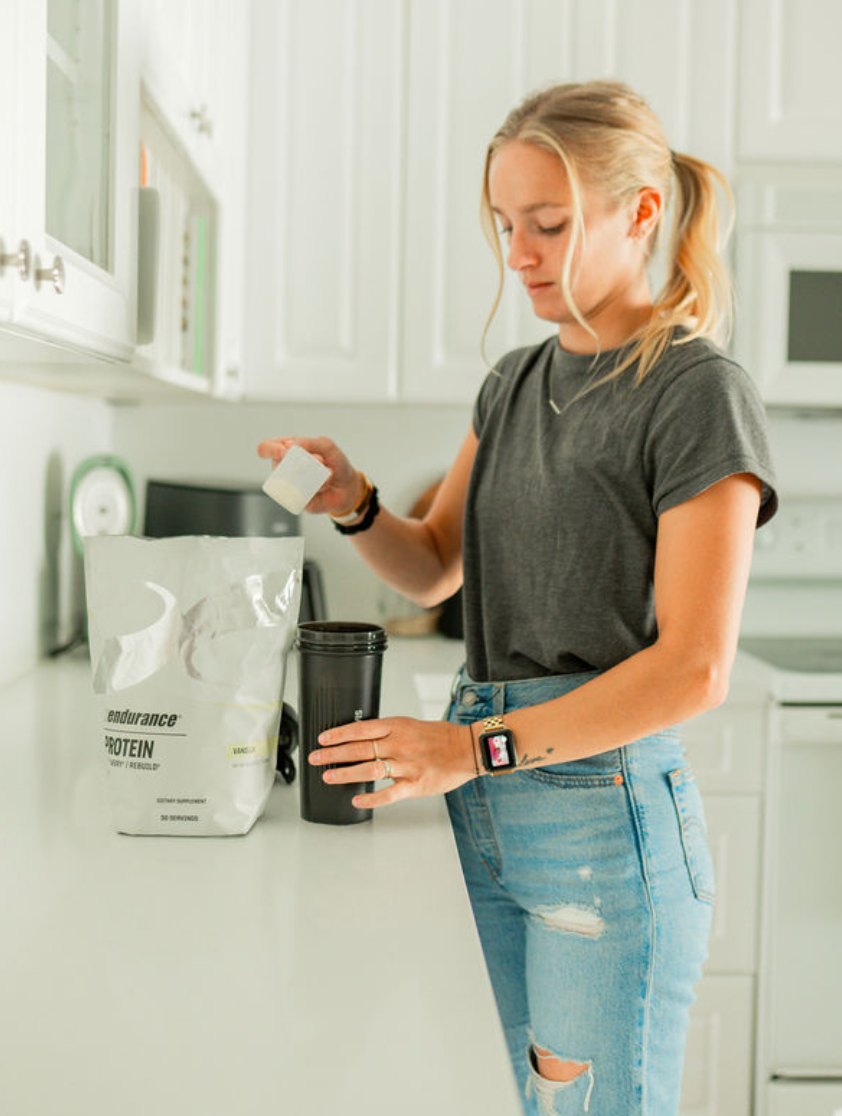
Leave a comment
This site is protected by hCaptcha and the hCaptcha Privacy Policy and Terms of Service apply.